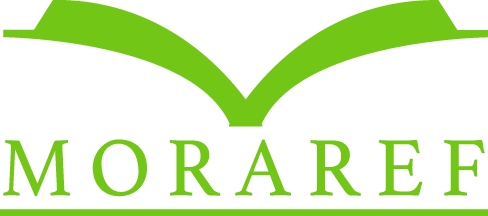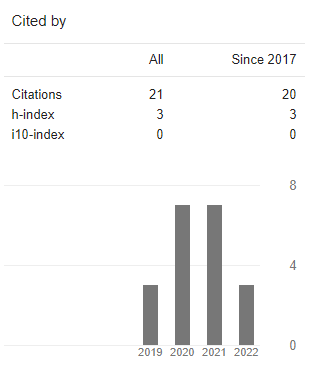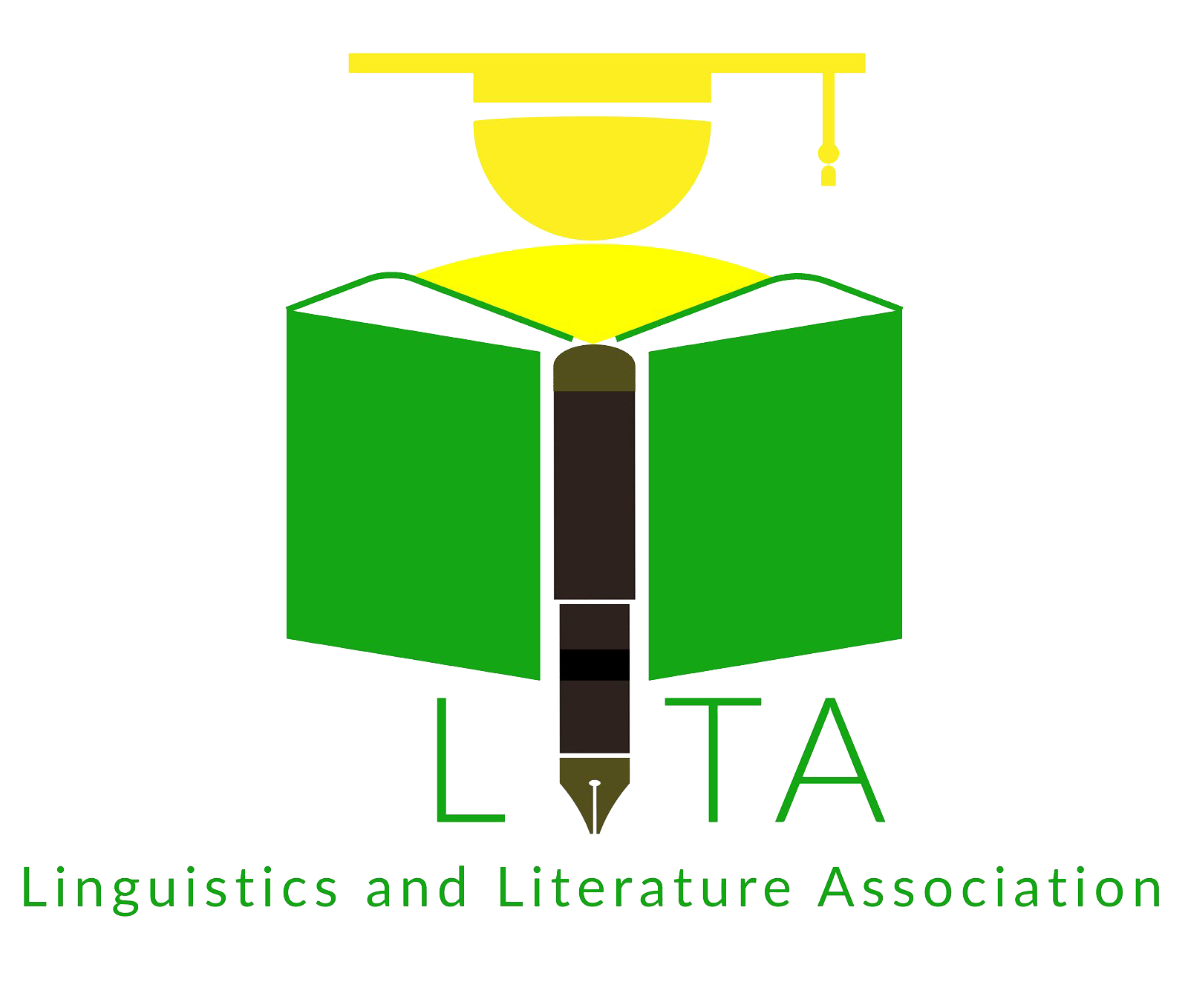Illocutionary Act of Dissociative Identity Disorder in the Main Character of the Split Movie
DOI:
https://doi.org/10.21776/ub.alphabet.2021.04.01.04Keywords:
speech act, illocutionary act, Dissociative Identity Disorder, Split movieAbstract
Individuals produce speech to communicate that can lead to an action, which is referred to as a speech act. This study aimed to examine one type of speech act, the illocutionary act, as portrayed by the main character in the Split movie who suffers from Dissociative Identity Disorder. The problems of this study covered: (1) the types of illocutionary acts found in the main character, (2) the perlocutionary effect related to illocutionary in the utterance produced by the main character, and (3) the reason for the main character of demonstrating the speech accommodation when he acts like an adult or kid to the addressee. The method used to conduct this study was a qualitative approach using document analysis. In analyzing the data, the researcher used the theory of the illocutionary act proposed by Searle (1976), the perlocutionary act by Austin (1962), and communication accommodation by Holmes (2013). The results showed that the main character demonstrated five types of illocutionary acts. In this movie, the perlocutionary effect was the listener’s action that the speaker wanted, or it might be unexpected. Besides, most of the accommodation used by the main character was speech convergence.References
Afianti, A. (2018). Illocutionary Acts of Barack Obama’s Final Speech as US President [Undergraduate Thesis, Universitas Brawijaya].
Anggraeni, A. (2016). An Analysis of Speech Acts Produced by Rahwana in Ramayana Comic the 1st Serries Written by R.A Kosasih [Undergraduate Thesis, Universitas Brawijaya].
Ary, D. (2010). Introduction to Research in Education. Cengage Learning.
Austin, J. (1962). How to Do Things with Words. Oxford University Press.
Chojimah, N. (2015). Utterances and Their Meanings: An Introduction to Pragmatics. LAP LAMBERT Academic Publishing.
Holmes, J. (2013). An Introduction to Sociolinguistics (Fourth). Routledge.
Loewenstein, R. J. (2018). Dissociation Disorders. Dialogues in Clinical Neuroscience, 20(3), 229–243.
Moleong, L. J. (2004). Metodologi Penelitian Kualitatif. Remaja Rosdakarya.
Oxford-Dictionary. (2008). Oxford Learner’s Pocket Dictionary (Fourth). Oxford University Press.
Searle, J. R. (1976). A Classification of Illocutionary Acts. Cambridge University Press.
Shyamalan, M. (2016). Split. Universal Pictures.
Spiagle, D. (2019). Dissociative Identity Disorder.
Wardhaugh, R. (2006). An Introduction to Sociolinguistics (Fifth). Blackwell Publishing.
Yule, G. (2010). The Study of Language (Fourth). Cambridge University Press.




















